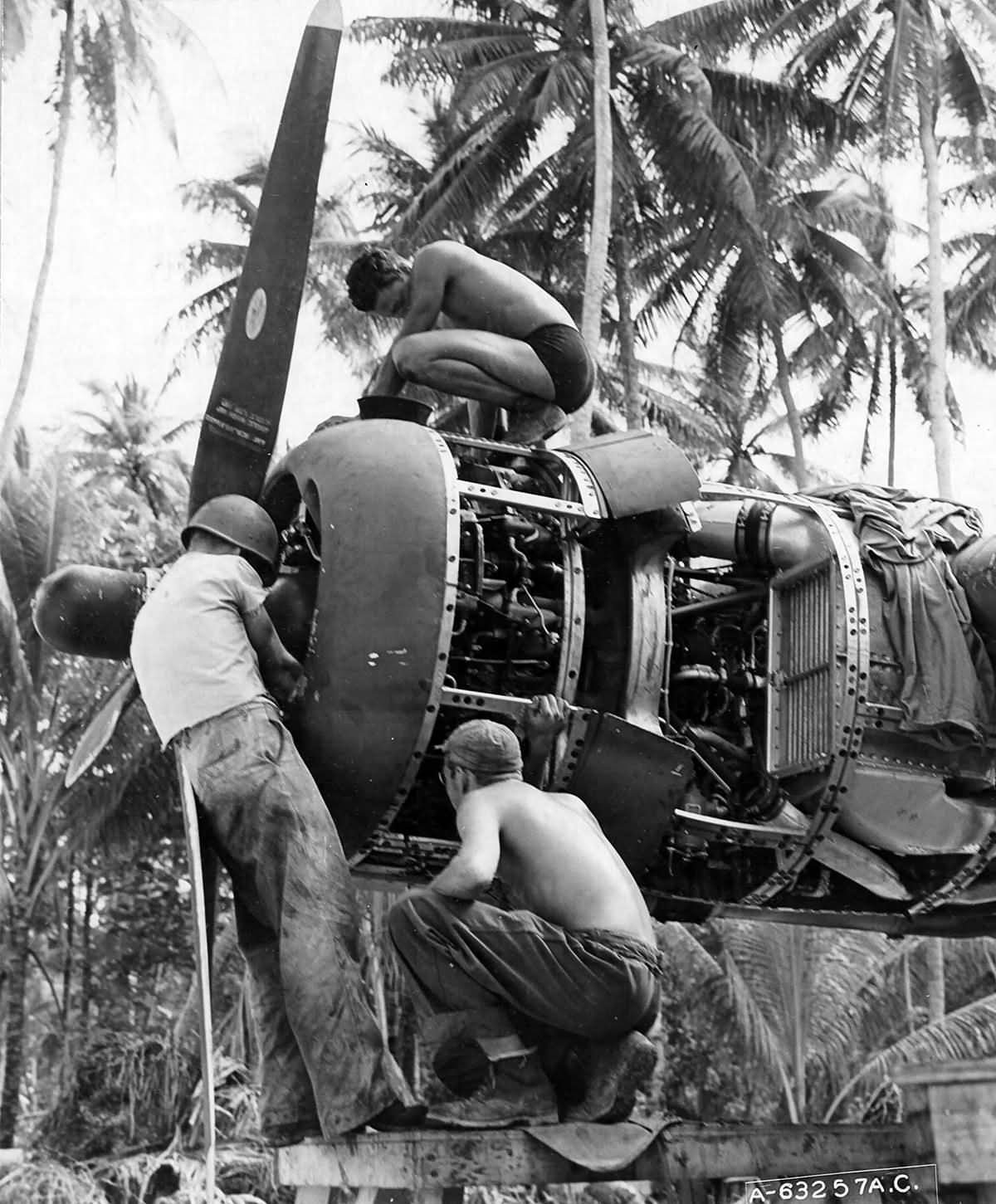The Pratt & Whitney R-1830 Twin Wasp was a highly significant aircraft engine, particularly noted for its extensive production during World War II. With approximately 178,000 units built, it became the most produced aircraft engine of its time. The R-1830 was developed in 1931 and featured 14 air-cooled cylinders with a bore and stroke of 5.5 inches each, resulting in a displacement of 1830 cubic inches (29.9 liters).
The engine design followed the typical Pratt & Whitney two-row radial format, comprising three main sections: the nose case (housing propeller reduction gearing), the power section (including crankcase, cylinders, and crankshaft), and the blower section (containing the supercharger and accessory drives). The use of magnesium components, particularly in the nose case and blower section, helped reduce the engine’s weight.
Significant technological advancements included sophisticated engine mounting systems that reduced airframe fatigue and a variety of supercharging configurations. Most R-1830 models featured single-stage supercharging, with some employing two-stage supercharging, particularly for high-altitude performance in aircraft like the Grumman F4F-3. The engine also used a two-barrel downdraft Bendix injection carburetor, a hallmark of its era, injecting fuel into the supercharger’s impeller.
The engine’s construction was robust, with a three-piece aluminum crankcase and a one-piece crankshaft with two dynamic counterweights, supported by three main roller bearings. The cylinders were made with chrome molybdenum steel barrels and aluminum heads, featuring hemispherical combustion chambers with two valves per cylinder (sodium-cooled exhaust valves).
Throughout its production life, the R-1830’s power output increased significantly due to advancements in fuel quality, supercharging technology, and cooling methods. Initially rated at 750 hp, it reached up to 1350 hp in its final versions. This power increase, however, sometimes came at the cost of reliability.
The R-1830’s production was not limited to Pratt & Whitney alone; it was also manufactured by Buick and Chevrolet, among others, and under license in Australia and Sweden. This wide production base was critical for meeting the massive wartime demand, particularly for aircraft like the Consolidated B-24 Liberator. The R-1830’s impact on the war effort and its role in numerous aircraft make it one of the most iconic engines of its time.
